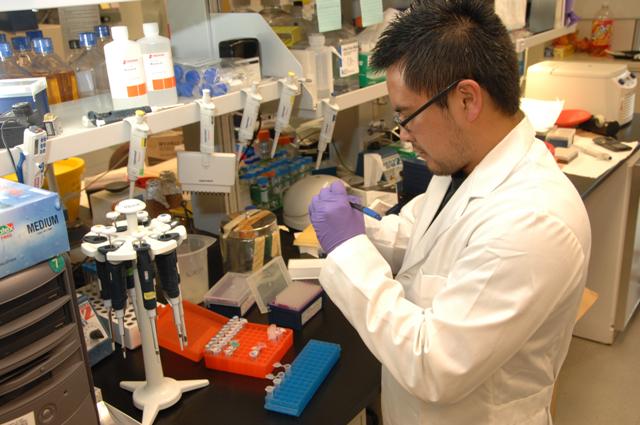Aggregated News

It can feel shocking when someone disparages a golden person, thing or technology -- and in recent years, no emerging technology has glittered as brightly as the gene-altering technique known as Crispr. So some investors were apparently jolted earlier this month when MIT Technology Review ran a news item headlined “Uh-Oh -- Crispr Might Not Work in People.”
Any technology that’s never been tested in clinical trials runs that risk. With Crispr, there has yet to be a single human experiment in the U.S. or Europe. Human experiments are just beginning in China, but American researchers say they don’t have complete information on how those are turning out.
Crispr still promises to transform agriculture, manufacturing and other endeavors, but making it “work” in people -- presumably by treating diseases -- presents a different challenge, since human lives are on the line.
The news item under the “might not work” headline described an unpublished but credible study out of Stanford University, which used samples of human blood to demonstrate that some forms of Crispr-based therapies might set off...



